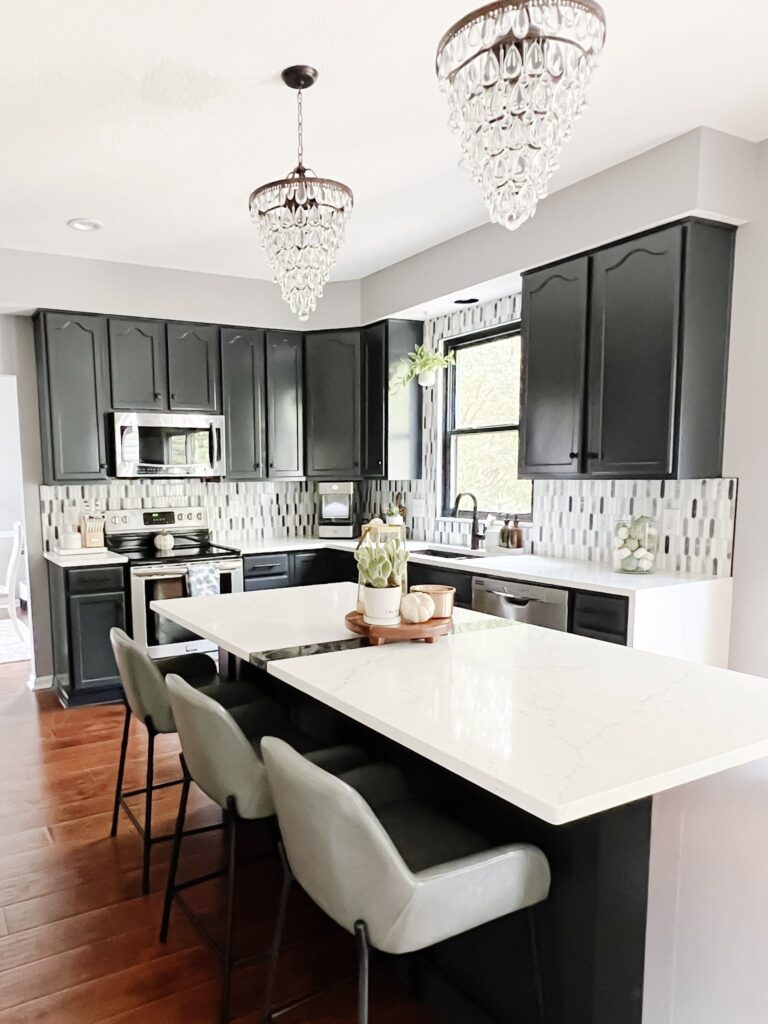
Quartz countertops are mistaken for natural stone materials much of the time, but they actually qualify as engineered stones. To create them, a blend of quartz, resin, and pigments are fused together and come out looking like the surface you know and love.
How Quartz Is Made
If you’re curious about what goes into the process of quartz creation, look no further than this article. We’ve laid out the steps of the process for you right here.
Step 1: Mining
Deep beneath the earth’s surface, veins of quartz can be found. This natural stone is made up of silicon and oxygen and comes in all sorts of shapes and sizes. It’s the second-most abundant mineral on the planet and can be found all over the world.
Miners use heavy equipment and explosives to access the stone. After they can get to it, they take the pieces from the ground using shovels, pickaxes, or bulldozers. After that, the pieces are sent to a manufacturing facility.
Step 2: Making
Oftentimes, manufacturers will purchase white or clear quartz. That quartz is crushed into smaller, more uniform pieces that can hold the consistency of sand or pebbles. This crushed stone makes up the majority of each countertop slab, about 90 percent, and the other 10 percent are added polymeric resins. These resins make the stone stick together and give it the extra boost of durability that quartz countertops are known for.
With both components mixed together, the nonporous, antibacterial surface of quartz is created. Pigments might be added during this stage to give the quartz a color that can’t be found in nature, or to give it a warmer or cooler tone. No matter the pigments added, the quartz will come out with a consistent, uniform pattern.
Step 3: Slabs
To turn the quartz into slabs, it needs to be molded, pressured, cured, and polished. The mixture is poured into a mold and formed in a variety of sizes, then put through the process of vibro-compression that compresses the slab at a high pressure so that the air molecules are flattened to create the solid, nonporous surface. After that, the slab is left to cure and cool.
After it’s been cured, the slab is polished with multi-diamond head polishers to amp up the natural shine that quartz has. Then the slab is calibrated to make sure the slab is completely flat.
Step 4: Countertop Installation
After the quartz slab passes all the necessary tests, it is cut into the desired shape and prepared for installation. A fabricator will come to your home, measure the space in question, then create a template so the quartz countertop is a perfect fit.
Creating Your Quartz
As you can see, creating quartz countertops is a detailed, intricate process. To learn more about these man-made materials, get in touch with Wallstone Stone Countertops today.
